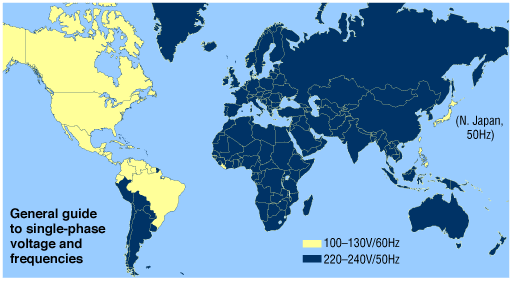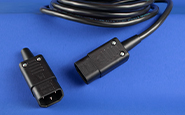Meeting Electrical Needs in a Global Marketplace

A simple definition of a plug and socket: meeting an electrical need by connecting electrical equipment to a power source without using tools. But as simple as that definition sounds, it needs to be noted that there are numerous plug patterns used throughout the world, making it anything but simple.
Plug Patterns
Today, manufacturers designing for global markets need to be aware that there are many different plug patterns. Because plug patterns vary by country, it’s important to determine which plug pattern is the correct one so that it safely connects to the power source.
It is essential to offer products that are easily adapted to the needs of the market of export, without requiring reconstruction by the user. Customers today expect to unpack and start to use a product as is, so knowing the electrical requirements of where the product will be used is crucial.
One resource to assist in choosing the correct plug pattern is Interpower’s Guide to Worldwide Plug/Socket Patterns and Power Mains (Single-Phase).
Voltages and Frequencies
There are also different voltages and frequencies that come into play, varying in different areas of the world.
Voltages
In many industrialized countries, voltages run on 120V or 230V (except for Japan which uses 100 volts), but voltages can run between 100-250V. Some countries use multiple voltages.
Frequency
North America, part of South America, part of Japan, and a few other countries run on 60Hz. Most of the rest of the world runs on 50Hz. There are some countries that run on both, such as Japan.

Approvals
It’s also essential to include the correct plug and socket in the product design in order to follow the specific standard of the country of export. In most countries, approval documentation is needed in order for the final product to be accepted into that country.
Additional Resources
Interpower offers a variety of international and North American plugs and sockets that are designed to meet electrical needs around the world. Resources that can assist in choosing the correct plug pattern include Interpower’s Guide to Worldwide Plug/Socket Patterns and on Interpower’s website—Power Cords and Cord Sets and Plugs and Sockets web pages. See also the Interpower Featured Product pages on Plugs and Sockets and Power Cords and Cord Sets.
Interpower offers free technical support. For further assistance, please see Interpower’s contact information below.






